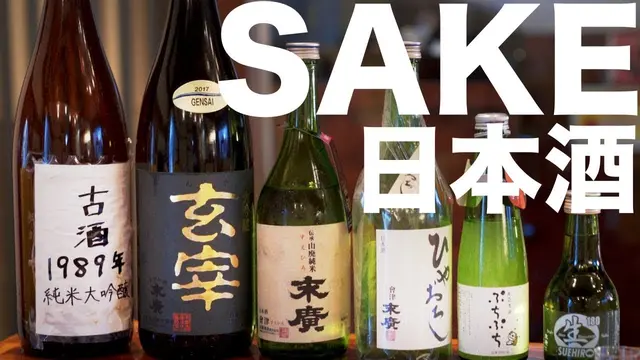By APD writer Alice
Japanese traditional rice wine increases presence in China
Sake, the traditional rice wine of Japan, is becoming more and more popular in China as Japanese restaurants increase in the country and Chinese household incomes are on the rise.
This type of wine can now be found in many restaurants and department stores in major Chinese cities like Shanghai and Beijing
To deal with falling consumption in Japan, local sake producers are making every effort to increase the wine’s presence in China.
At the second China International Import Expo held recently in Shanghai, more than 110 Japanese firms gathered to promote Japanese food and agricultural products, including sake.
On the first day the expo, Japanese stalls were crowded with potential clients looking to get a shot glass-sized sampling of sake or a mouthful of Japan-grown rice.
Japan’s total sake exports have tripled in the past decade to reach a record 22.2 billion yen (about $204 million) in 2018, according to data compiled by the Japan Sake and Shochu Makers Association.
China was the third largest exporter of Japanese sake, after the US and South Korea, with 3.6 billion yen in 2018, up 0.24 percent from the previous year. China was also the fastest growing market for sake exports.
According to the Japan External Trade Organization, the number of Japanese restaurants in China tripled to 40,800 between 2013 and 2017, making China the country with the greatest number of Japanese restaurants abroad.
Moreover, the growing popularity of Japanese alcoholic drinks is attributed to the increasing number of Chinese people who travel to Japan each year. Once familiarized with sake during their visits, they are more likely to order the drink at Japanese restaurants in China.
The growing middle class in China has also pushed demand for alcoholic beverages including the more pricey imported labels.
Meanwhile, sake consumption in Japan is falling due to the declining population and the younger generation's lower consumption of alcohol. In 2016, those in their 20s drank much less than their parents' generation, with only 14.5 percent of men and 6.5 percent of women saying they drank regularly.
(ASIA PACIFIC DAILY)
 简体中文
简体中文







